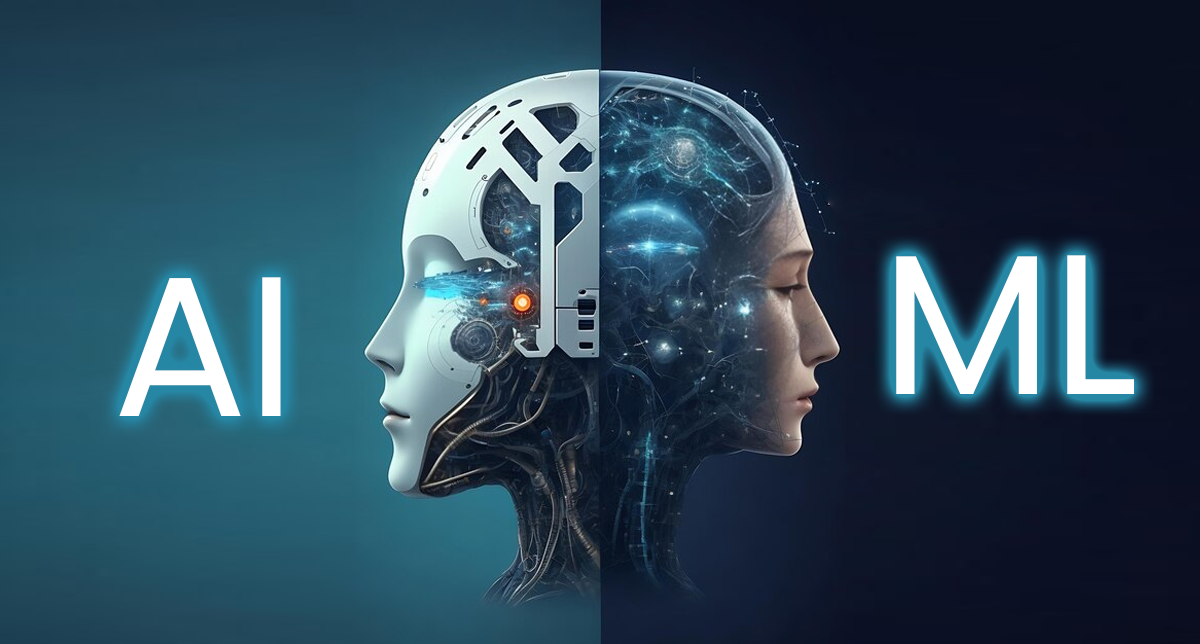
Neural Networks and Deep Learning Basics: A Gentle Introduction
So, you've heard about neural networks and deep learning, and you're curious? Excellent! It's a fascinating field, and while it might seem intimidating at first, the core concepts are surprisingly accessible. This post aims to give you a friendly introduction to the basics, demystifying some of the jargon along the way.
Perceptrons: The Building Blocks
At the heart of neural networks lies the perceptron, a simple yet powerful computational unit. Think of it as a tiny decision-maker. It receives several inputs (like features of an image), each multiplied by a weight (representing its importance), and then sums them up. If this sum exceeds a certain threshold, the perceptron 'fires' and outputs 1; otherwise, it outputs 0. Imagine trying to decide if an email is spam. Words like 'free,' 'prize,' or 'urgent' might have high positive weights, while words like 'meeting' or 'invoice' might have low or negative weights. The perceptron sums these weighted inputs – if the total weight exceeds a threshold, it flags the email as spam.
Input 1 * Weight 1 + Input 2 * Weight 2 + ... + Input n * Weight n > Threshold ? Output: 1 : Output: 0Backpropagation: Learning from Mistakes
A single perceptron isn't very smart. The magic happens when we connect many perceptrons together into layers, forming a neural network. But how do these networks learn? That's where backpropagation comes in. Essentially, it's a clever algorithm that adjusts the weights of the connections between perceptrons based on the network's errors. Let's say we're training a network to recognize cats in images. If the network incorrectly classifies a dog as a cat, backpropagation tweaks the weights to make it less likely to repeat that mistake in the future. This process is iterative; the network repeatedly processes data, makes predictions, compares them to the correct answers, and adjusts its weights until it performs well.
Think of it like learning to ride a bike. You initially wobble and fall, but you gradually adjust your balance and steering (weights) based on the consequences of your actions (errors). Over time, you learn to ride smoothly.
Deep Learning and Frameworks
Deep learning is simply neural networks with many layers (hence 'deep'). These deeper networks are capable of learning incredibly complex patterns, leading to breakthroughs in image recognition, natural language processing, and much more. Training these deep networks, however, requires significant computational power. This is where frameworks like TensorFlow and PyTorch come in. These are powerful libraries that provide tools and resources to build, train, and deploy neural networks efficiently. They handle the low-level details, allowing you to focus on the bigger picture – the architecture and the problem you're trying to solve.
For example, using TensorFlow, you could build a model to classify images of handwritten digits (like the famous MNIST dataset) with just a few lines of code (simplified for illustrative purposes):
import tensorflow as tf# ... define your model ...model = tf.keras.Sequential([...])# ... compile and train your model ...model.compile(...)model.fit(...)Conclusion
This is just a high-level overview; the world of neural networks and deep learning is vast and complex. However, hopefully, this post has provided a digestible introduction to the fundamental concepts. With a little further exploration, you can unlock the power of these amazing technologies and apply them to solve real-world problems.